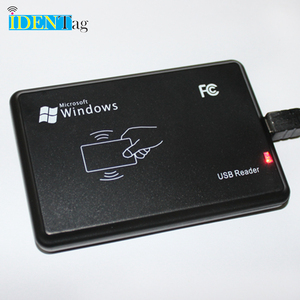
All categories
Featured selections
Trade Assurance
Buyer Central
Help Center
Get the app
Become a supplier














Một số người dùng có xu hướng e ngại về việc sử dụng đầu đọc usb mf1 rfid bán buôn trong cuộc sống hàng ngày của họ. Một số cảm thấy rằng thẻ điều khiển quá lớn và nặng để mang theo hoặc chi phí thay thế của đầu đọc usb mf1 rfid quá cao. Nhận đầu đọc usb mf1 rfid của bạn tại Alibaba.com để giải quyết những vấn đề này. Sản phẩm của chúng tôi cung cấp tính năng nhận dạng tự động cho thẻ mà không cần đến các quy trình phức tạp. Tận hưởng sự tiện lợi của đầu đọc usb mf1 rfid trong công việc và cuộc sống hàng ngày của bạn.
Phần mềm tích hợp của đầu đọc usb mf1 rfid có thể tự động phân tích dữ liệu và tự động giải mã nó. Tất cả các tính năng của sản phẩm của chúng tôi nhằm mục đích giảm chi phí thay thế thẻ của bạn.
đầu đọc usb mf1 rfid có thể được giải mã và kết nối với các thiết bị thông minh của bạn. Và dữ liệu có thể được ghi vào điện thoại thông minh hoặc đồng hồ thông minh của bạn để truy cập theo cách thuận tiện hơn. Nó tương thích với nhiều keyword thiết bị và có thể được tích hợp với nhiều hệ điều hành. Nếu bạn có bất kỳ câu hỏi nào về nó hoặc muốn biết thêm về các chức năng và tính năng của đầu đọc usb mf1 rfid , hướng dẫn sử dụng sản phẩm cung cấp thông tin và hướng dẫn đầy đủ. Mua sắm tại Alibaba.com để nhận được những thứ bạn cần cho doanh nghiệp của mình với giá cả phải chăng và mang lại sự tiện lợi tương tự cho khách hàng của bạn.